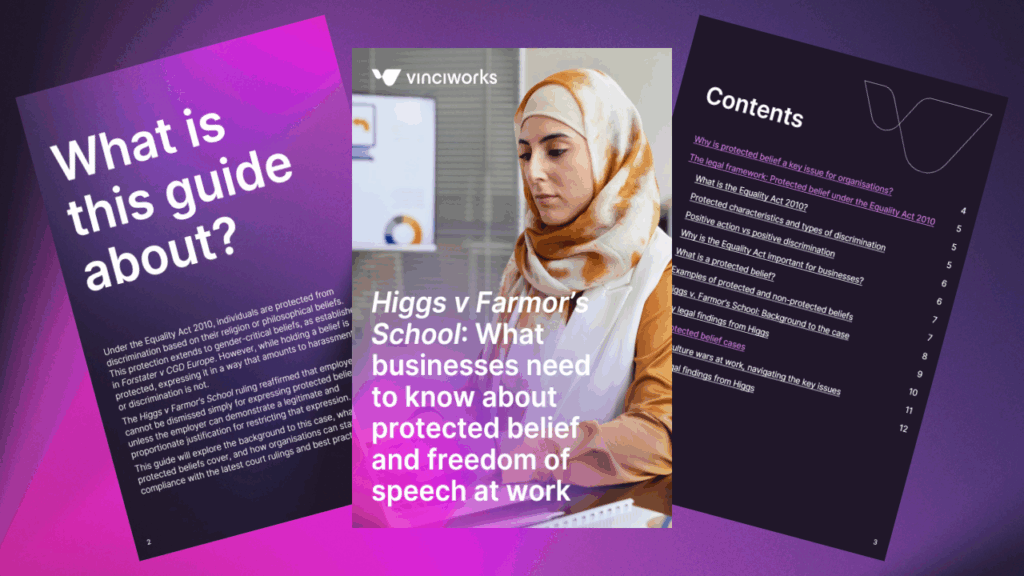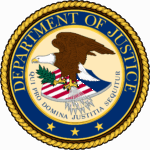What happens when an employee expresses controversial beliefs outside of work? The Court of Appeal’s ruling in Higgs v Farmor’s School has brought fresh clarity to one of the most complex areas of employment law: how far freedom of speech and belief goes in the workplace.
In this landmark case, now confirmed by the Supreme Court, a school administrator was dismissed after posting gender-critical views on her private Facebook page. The court ultimately found her dismissal was unlawful, ruling that expressing a protected belief—even one that others may find controversial—cannot justify disciplinary action unless the employer can prove a proportionate and legitimate reason.
The Higgs case reinforces a vital message for employers: belief is protected under the Equality Act 2010, and so too, often, is its expression. But it also emphasises that this protection has limits, particularly where speech causes genuine harm or crosses into harassment.
What’s inside the guide?
Our new guide unpacks what the Higgs ruling means for your organisation. It covers:
- The legal framework around protected beliefs and how they are defined under the Equality Act.
- A breakdown of major cases including Forstater, Bailey, and Mackereth—and how tribunals are drawing the line between belief and misconduct.
- Practical advice on managing employee expression, social media, reputational risk, and competing rights in the workplace.
- Key takeaways for updating your policies and training programmes.
Whether you’re an HR lead, compliance officer or legal counsel, this guide provides essential insights into navigating belief-based disputes at work, without tipping into legal risk.










